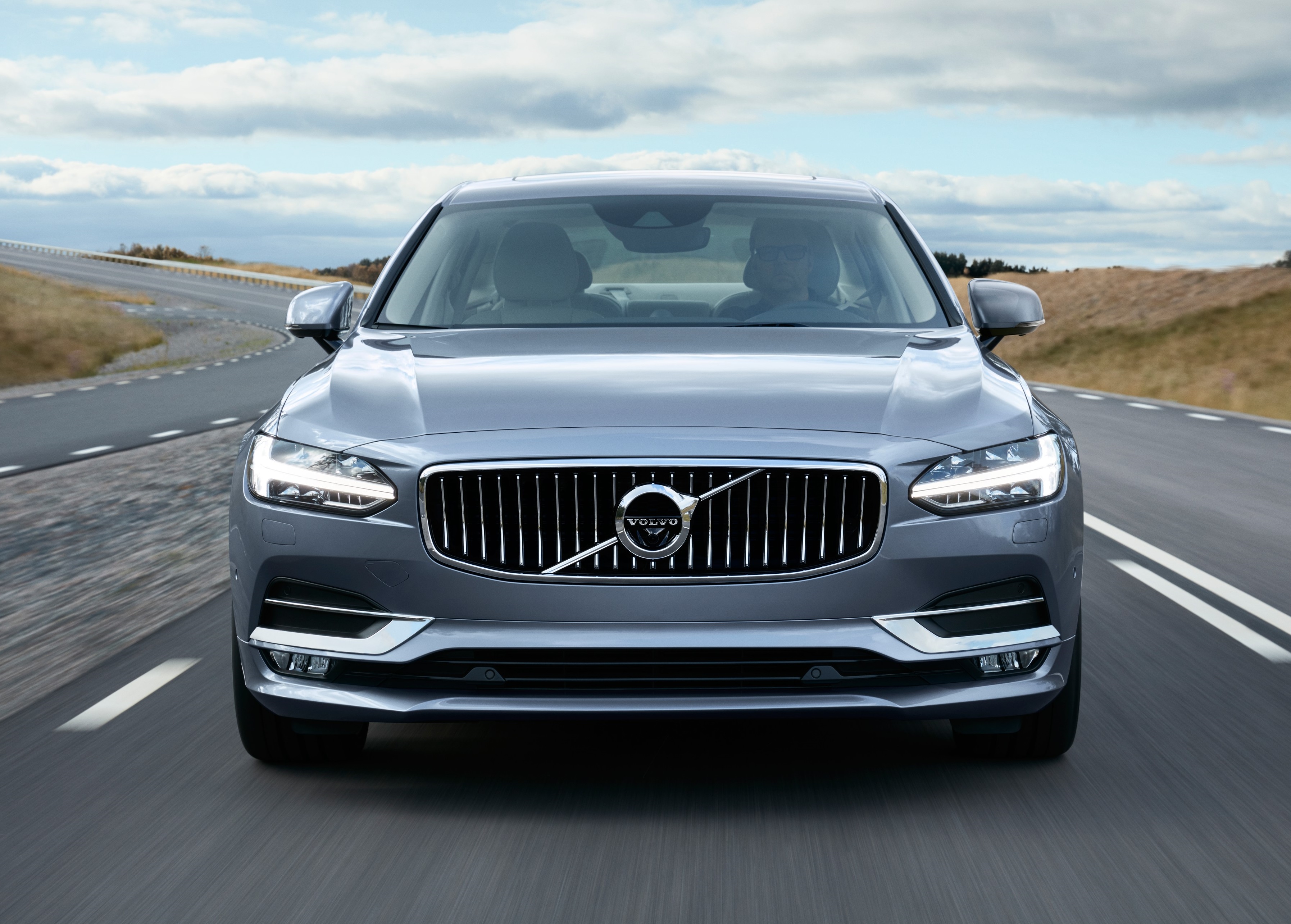Cars won’t drive themselves any time soon.
At least that’s the opinion of the Insurance Institute for Highway Safety (IIHS) after testing five cars at the forefront of automatic emergency braking technology.
It’s a sign that self-driving cars overall are not developing as quickly as some would like to believe.
“It’s important to note that none of these vehicles are capable of driving safely on their own,” said the IIHS status report on self-driving cars. “The production vehicle that can safely drive itself anywhere, anytime isn’t available at the local car dealer and won’t be for quite some time.”

The Volvo S90 with “Pilot Assist” was one of five vehicles tested.
The insurance group tested and evaluated the 2017 BMW 5-series with “Driving Assistant Plus,” 2017 Mercedes-Benz E-Class with “Drive Pilot,” 2018 Tesla Model 3 and 2016 Model S with “Autopilot” (software versions 8.1 and 7.1, respectively) and 2018 Volvo S90 with “Pilot Assist,” to help craft a consumer ratings program for advanced driver-assistance systems.
One question researchers want to answer is whether the self-driving cars can handle driving tasks as humans would. What they found was not encouraging as systems didn’t always perform as expected.
“Evaluations of adaptive cruise control and active lane-keeping show variable performance in typical driving situations, such as approaching stopped vehicles and negotiating hills and curves,” said IIHS following the vehicle tests which included both road and track.
“The outcomes ranged from the irksome, such as too-cautious braking, to the dangerous, for example, veering toward the shoulder if sensors couldn’t detect lane lines,” the IIHS report said.
“The early results underscore the fact that today’s systems aren’t robust substitutes for human drivers.”
For example, testing on one model over 180 miles resulted in the car unexpectedly slowing down a dozen times, seven of which coincided with tree shadows on the road. The other slowdowns were for oncoming vehicles in another lane or vehicles crossing the road far ahead.
And if you’re wondering when your car will drive itself, the IIHS provides this assessment in an FAQ:
“Regardless of when vehicles equipped with high levels of automation become available for purchase, it will be decades before most vehicles on the road drive themselves. It takes a long time for new vehicle features to penetrate the vehicle fleet. For example, electronic stability control was introduced in the United States in 1995 model year vehicles, but it was not until nearly 20 years later in the 2012 model year that it became standard in over 95 percent of new vehicle models.”
“More recent crash avoidance technologies like front crash prevention and lane departure warning are not expected to be in nearly all registered vehicles on the nation’s roadways until after 2040. It will be even longer before most registered vehicles in the [country] are equipped with automation that is just now becoming available … [such as] adaptive cruise control and active lane keeping.”
Until then, we’ll just have to drive our vehicles the old-fashioned way.


